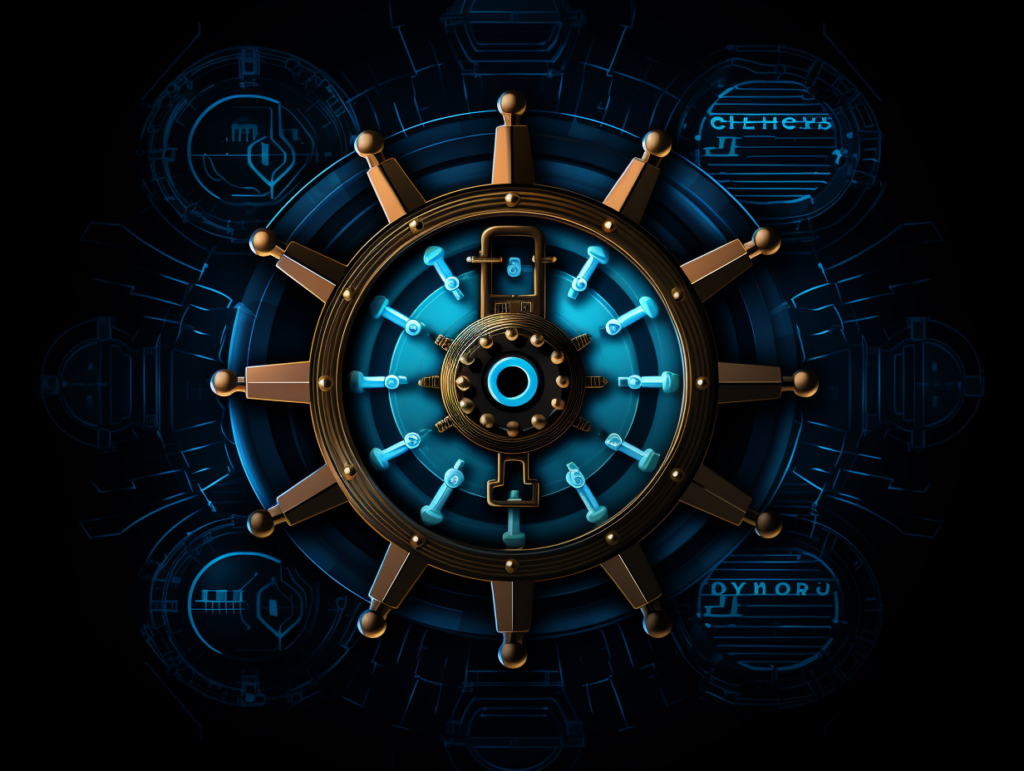
Welcome back to the final entry in our series. We’ve explored the role of security as a business driver and dissected key domains such as encryption, IAM, and network security. We’ve also touched on how these elements enhance trust, performance, and cost savings. Now it’s time to put theory into practice. We’ll illustrate how Azure Kubernetes Service (AKS) and Terraform can be leveraged to meet these security needs, thus fostering business growth.
AKS: Powering Up with Kubernetes
Azure Kubernetes Service (AKS) provides serverless Kubernetes, an integrated developer experience, and enterprise-grade security and governance. Unite your development and operations teams on a single platform to rapidly build, deliver, and scale applications with confidence.
1. Trust: AKS and Secure Communications
Trust is crucial in business. AKS helps foster this trust by ensuring secure communication between your services. It uses Kubernetes’ built-in Service Network Policies to control ingress and egress traffic. This aligns with ISO 27002’s network security controls, ensuring only authorized traffic can flow in and out of your applications, bolstering trust with your stakeholders.
2. Performance: AKS and Efficient Access Control
In AKS, Role-Based Access Control (RBAC) allows you to configure who can access your Kubernetes resources and what operations they can perform. This maps to the IAM domain in ISO 27002, allowing your security team to manage user access efficiently and securely, thereby maintaining seamless operations and improving performance.
3. Cost Savings: AKS and Compliance
Adhering to compliance standards like GDPR can lead to substantial cost savings by avoiding hefty fines. AKS supports this by offering Azure Policy, an additional layer of security that helps enforce your cluster and organization’s standards. Azure Policy evaluates your resources for non-compliance with assigned policy definitions.
Terraform: Infrastructure as Code
Terraform, an Infrastructure as Code (IaC) tool, enables developers to define and provide data center infrastructure using a declarative configuration language. It’s a powerful tool for managing your cloud resources.
1. Trust: Terraform and Secure Configuration
Terraform can be used to securely configure your cloud resources. For instance, you can use it to set up encrypted storage in Azure, aligning with ISO 27002’s encryption controls. By managing the lifecycle of encrypted storage, you ensure that your data is always protected, boosting trust with your stakeholders.
2. Performance: Terraform and IAM
Terraform can be used to manage IAM in an efficient way. You can set up IAM roles and policies for your cloud services, ensuring that only authorized users and services can access your resources. By automating this with Terraform, you reduce manual overhead and potential errors, improving performance.
3. Cost Savings: Terraform and Compliance
Terraform can contribute to cost savings by ensuring your infrastructure is always in a compliant state. By defining your compliance requirements as code, you can automatically and consistently apply these across your infrastructure. This can help avoid non-compliance, which can result in fines or other financial losses.
Wrapping Up
Practical implementation of security measures is just as important as understanding the theory behind them. By leveraging tools like AKS and Terraform, businesses can not only comply with standards like ISO 27001, ISO 27002, ISO 27017, and GDPR but also boost trust, enhance performance, and realize cost savings.
Security compliance in today’s digital world is not just about risk mitigation – it’s a crucial driver for business success. Whether you’re a small start-up or a multinational corporation, employing these strategies will go a long way towards securing your data, earning the trust of your stakeholders, and driving your business towards sustainable growth.
